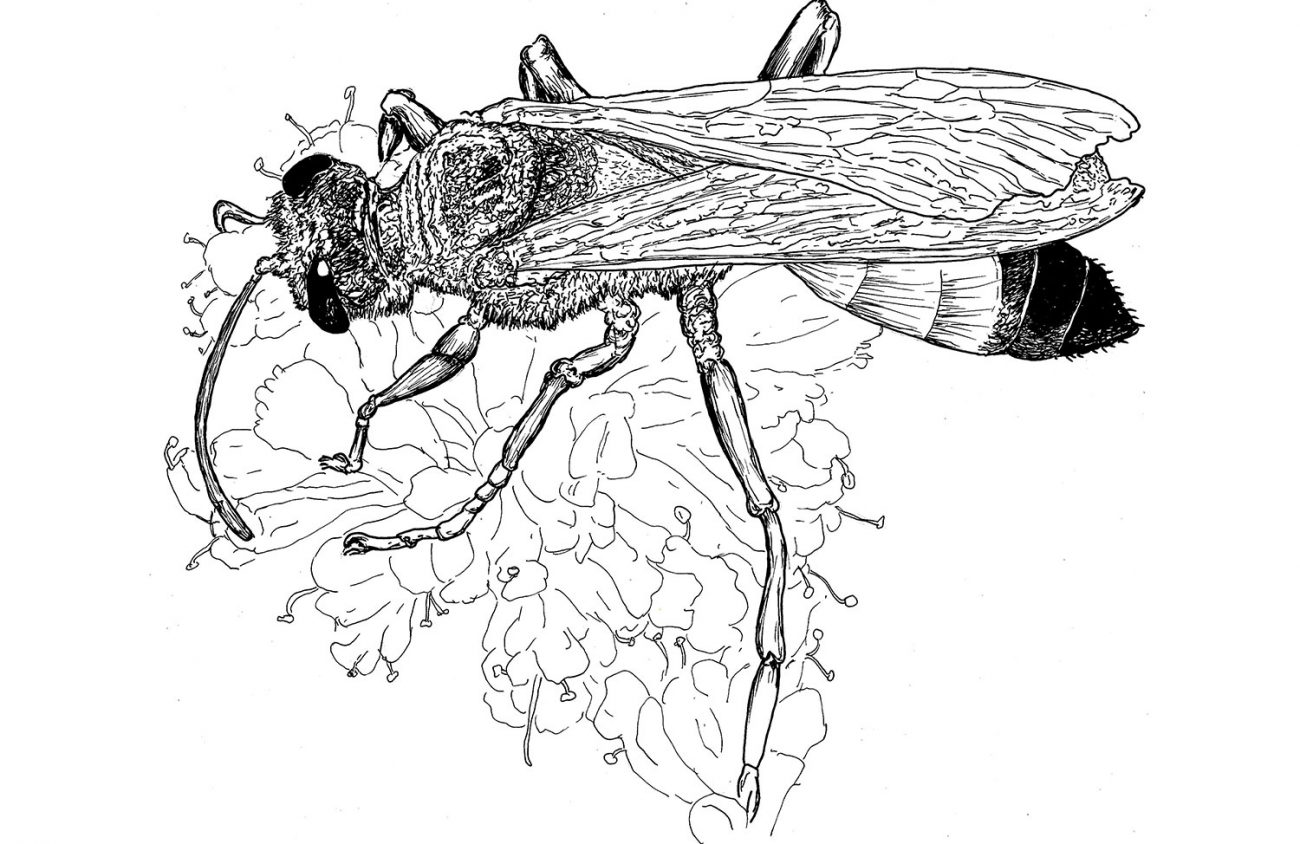There is nothing like the equinox to signal an oncoming change of season. Autumnal equinox is Sept. 23 this year. Remember how day length changes so slowly around solstice? The transition from spring to summer in June is almost imperceptible. Long days seem to last for weeks. Around equinox day length change happens rapidly. At equinox, days being longer than nights switch to nights longer than days. The long evenings for gardening after work shrink fast.
Winter may be far off but the natural world is anticipating its arrival. Songbirds visit every feeder in the neighborhood often. Adults teach their nestlings to build up strength and energy for migration. And also to not stay in one spot for too long, avoiding attention of predatory hawks. Baby rubber boas are born, as are garter snakes. Roosevelt elk and deer are bugling and fighting for the right to procreate. Their offspring will be born in the spring. Western long-eared bats will enter winter hibernation in the mountains. Insects gather pollen and nectar to store in hives or nests that will nurture the next generation.
The physics of Earth’s orbit determines the exact timing of seasonal change but the character of each season is mutable. Our industrial civilization has created climate modifications that result in unprecedented wildfires in summer, terrible storms in winter. We cannot change when the equinoxes or solstices happen, but we can and must deal with the effects of ignoring nature’s response to our assault on global climate patterns.
David Wagner is a botanist who works in Eugene. He teaches moss classes, leads nature walks and makes nature calendars. He can be contacted through his website fernzenmosses.com.
